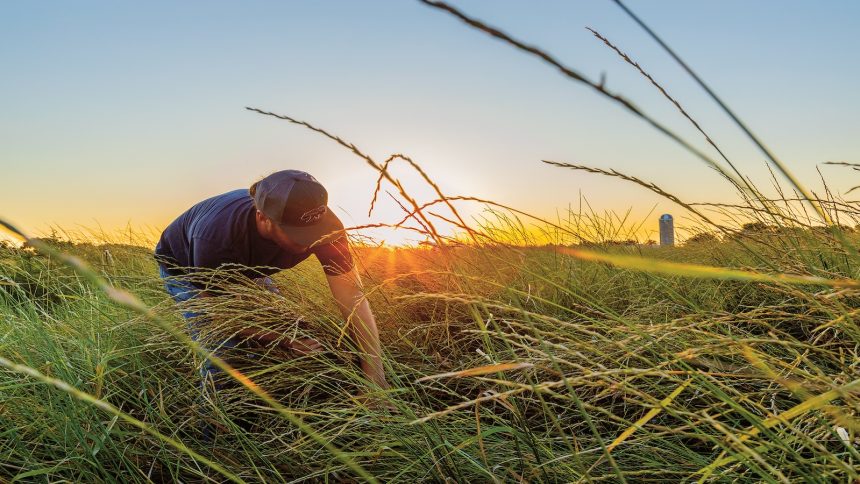In his latest book, “The Blue Plate: A Food Lover’s Guide to Climate Chaos,” ecologist Mark Easter poses a provocative question: How can a simple dish like toast or pasta have such a significant impact on the environment? Throughout the book, Easter delves into the complexities of the U.S. agricultural system and its role in climate change, examining the emissions created at every step of the food production process.
From seafood to pie, Easter structures the book around quintessential American kitchen staples, exploring how greenhouse gases move through soils and plants across the country. By breaking down the process of creating each dish, from soil quality to production to consumption, he sheds light on the emissions associated with our food choices.
“The Blue Plate” also highlights innovative practices being implemented by small businesses in the U.S. to make popular dishes more climate-friendly. By visiting farms, fertilizer plants, landfills, fish farms, and dairies across the country, Easter showcases how conscientious changes can make a difference in reducing agriculture’s environmental impact.
Easter’s interest in climate-friendly eating is deeply personal, as his great-grandmother was a farmer during the Dust Bowl era, unknowingly contributing to carbon emissions. Through her story, Easter explores the transformation of the Great Plains from a carbon-rich grassland to an agricultural hub.
The book emphasizes that curbing the carbon footprint of our food doesn’t require a revolution, as many sustainable practices are already in use. By showcasing the efforts of farmers and ranchers working to regenerate soil health, Easter shows how small changes can have a big impact on reducing emissions.
In his conversations about eating our way out of the climate crisis, Easter highlights the importance of soil health and organic matter in supporting sustainable agriculture. By adopting practices like no-till farming, cover cropping, and reducing chemical inputs, farmers can restore carbon in the soil and mitigate their impact on the environment.
Ultimately, Easter emphasizes that large-scale change begins with individual farmers making sustainable choices. By prioritizing soil health and organic matter, farmers can play a crucial role in reversing the degradation caused by industrial agriculture. Through these efforts, the agriculture industry has the potential to make a significant impact on reducing emissions and combatting climate change.






